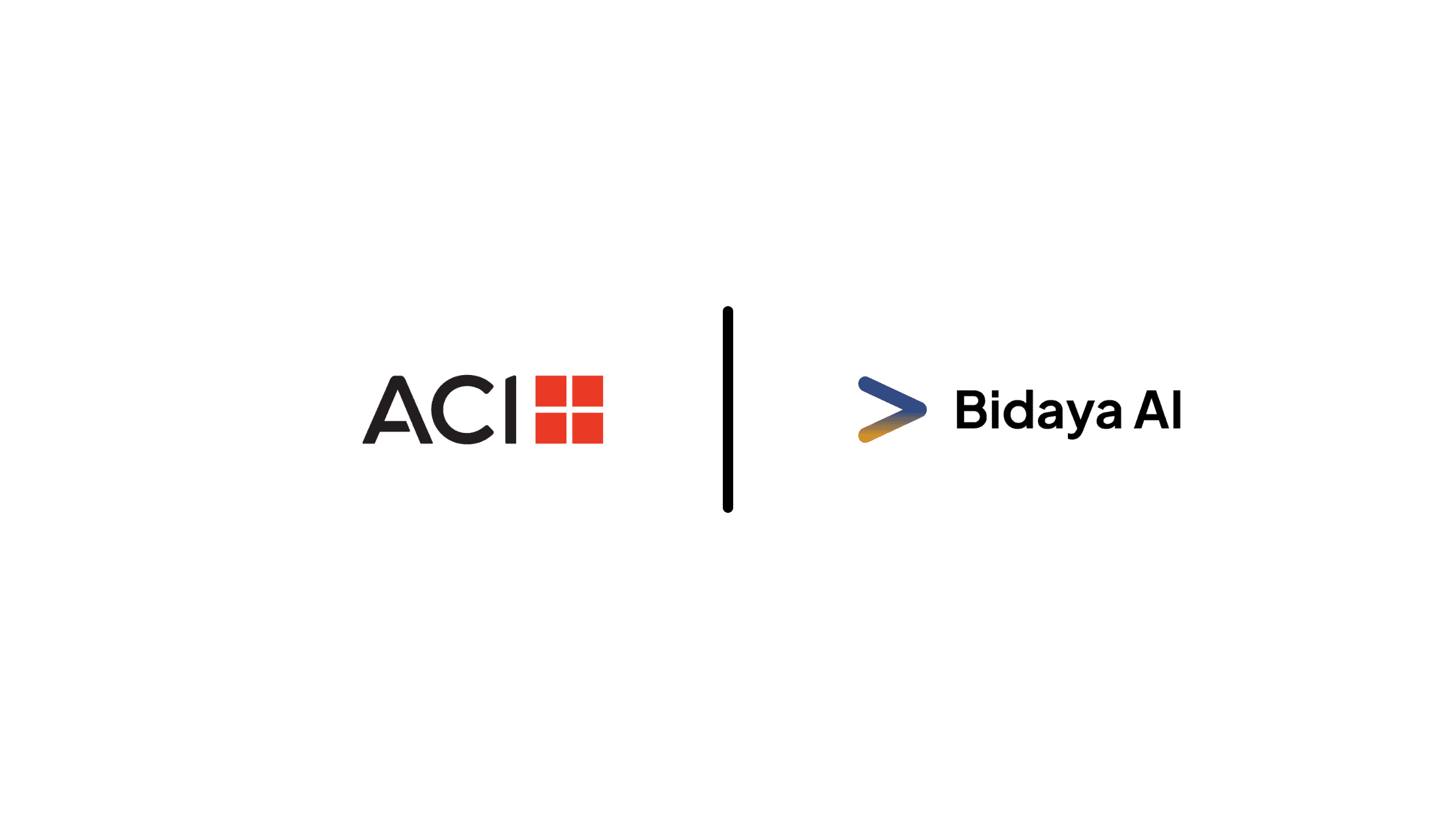A Guide to Understanding Government RFPs
March 1, 2024
In the realm of business opportunities, government contracts stand out for their stability and potential for long-term partnerships. However, navigating the complex landscape of Government Requests for Proposals (RFPs) can be daunting without a clear understanding of their components and requirements. This guide aims to demystify the process, providing insights into how businesses can effectively interpret and respond to government RFPs.
What is a Government RFP?
A Government RFP, or Request for Proposal, is a formal invitation issued by a government agency to solicit bids from vendors who can provide goods or services that meet specific needs. These needs can range from construction projects and IT services to consulting contracts and beyond. RFPs are designed to ensure fairness, transparency, and accountability in the procurement process, adhering to strict guidelines to protect public funds.
Key Components of a Government RFP
Introduction and Background: This section provides an overview of the project, including its purpose, scope, and background information. Understanding this context is crucial for tailoring your proposal to meet the agency's objectives.
Statement of Work (SOW): The SOW outlines the detailed requirements and deliverables expected from the contractor. It includes technical specifications, milestones, deadlines, and any special considerations that must be addressed in the proposal.
Evaluation Criteria: Government RFPs specify how proposals will be evaluated and scored. Criteria often include technical expertise, past performance, cost, compliance with requirements, and sometimes socioeconomic factors like minority-owned business status or veteran-owned business status.
Proposal Preparation Instructions: This section provides guidelines on how the proposal should be structured, what information should be included, formatting requirements, and submission details (e.g., deadlines, method of submission).
Contract Terms and Conditions: Here, the RFP includes legal and administrative requirements that will govern the contract if awarded. Pay close attention to these terms as they can significantly impact your obligations and rights as a contractor.
Attachments and Appendices: Additional documents such as forms, certifications, and other relevant materials that supplement the main RFP document.
Understanding RFP Terms and Sections
RFI (Request for Information): Sometimes issued before an RFP, an RFI helps the government gather information about available solutions and potential vendors.
RFQ (Request for Quotation): Similar to an RFP but typically used for purchases of goods and services where price is the primary factor.
Solicitation Number: A unique identifier assigned to each RFP for tracking purposes.
Pre-proposal Conference: A meeting where potential vendors can ask questions and receive clarifications about the RFP before submitting their proposals.
Tips for Responding Effectively to Government RFPs
Carefully Review the Entire RFP: Ensure you understand all requirements and evaluation criteria before starting your proposal.
Follow Instructions Precisely: Adhere to formatting requirements and provide all requested information. Failure to comply can lead to rejection of your proposal.
Highlight Relevant Experience and Capabilities: Clearly demonstrate how your company's qualifications align with the requirements stated in the RFP.
Focus on Value Proposition: Emphasize how your solution provides value to the government agency, not just in terms of cost but also in quality, reliability, and innovation.
Consider Teaming Arrangements: If the scope of work is large or complex, consider partnering with other firms to leverage combined strengths and resources.
Seek Clarifications Early: If anything in the RFP is unclear, don't hesitate to ask questions during the designated question period. It shows your commitment and attention to detail.
Proofread and Edit: Ensure your proposal is free of errors and typos. A polished proposal reflects professionalism and attention to detail.
Successfully navigating the world of Government RFPs requires a strategic approach and meticulous attention to detail. By understanding the components of an RFP, familiarizing yourself with key terms and sections, and following best practices for crafting a compelling proposal, businesses can enhance their chances of securing lucrative government contracts. Embrace each RFP as an opportunity to showcase your capabilities and build lasting partnerships with government agencies.




